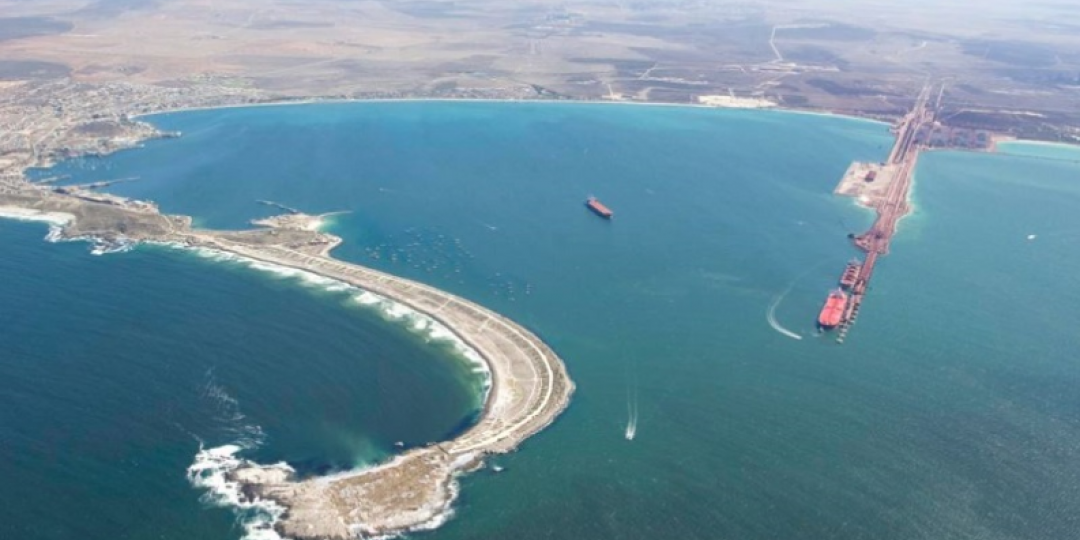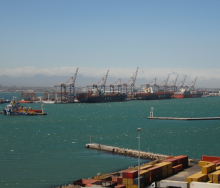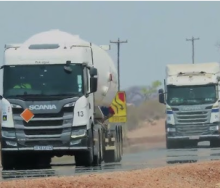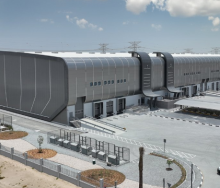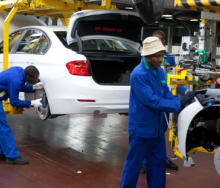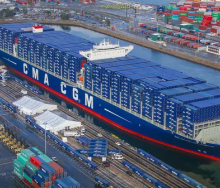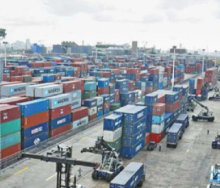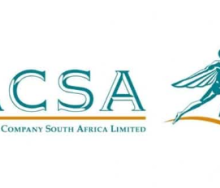The announcement this week of a R3.5-billion investment at the Port of Saldanha Bay will see the creation of the first Industrial Development Zone within a port with a Freeport or customs-controlled area regime.
The development was revealed by Kaashifah Beukes, CEO, Saldanha Bay Industrial Development Zone Licensing Company SOC (SBIDZ-LC), at the DEVAC INFRASFUTURE conference where decision-makers from the private sector, multinational executives, international investors and African Governments get together to address challenges faced by the African infrastructure sector.
The SBIDZ has undertaken a cost-benefit analysis and determined that Phase 1 will focus on a marine services jetty, floating dock and shiplift because it would enable the Centre Zone, in conjunction with the TNPA, to offer a greater variety of services and diversity of docking facilities.
The projects, earmarked for the South Western Precinct in the SBIDZ, involve building a south-west precinct pier and jetty, installing a mobile hoist, and a 220m shiplift and lay-by jetty. Access to these facilities would also require dredging a sector of the harbour.
Beukes believes the best way to fund these projects is a long-term partnership between the government, its institutions, and the private sector.
The SBIDZ has begun the formal process of submitting the project to the Investment and Infrastructure Office in the Office of the Presidency, supported by the National Treasury, for inclusion in the Sustainable Infrastructure Development Symposium (SIDS). The Investment and Infrastructure Office (IIO) was established to coordinate and align the various structures responsible for economic and social infrastructure. In light of this, the IIO is mandated to provide a collaborative platform that will bring together all stakeholders with a vested interest in infrastructure development, unlock regulatory and other bottlenecks, and accelerate decision-making for high-priority investments to be speedily and efficiently implemented.
Vernal Jones, port manager - Saldanha, TNPA said: "Our main function is to own, manage, control and administer the ports to ensure their efficient and economic functioning. To do this successfully we understand the importance of cooperative governance and inter-governmental relations to ensure an integrated and collaborative view with other organs of state. The SBIDZ's vision and mission, and our role in assisting in realising it, aligns with the government's commitment to working with other government institutions and the private sector to build infrastructure that will contribute to the Economic Reconstruction and Recovery Plan."
"At this stage, we have completed the market demand analysis, the technical costing and designs, as well as the economic assessment of Phase 1,” said Beukes. “We have also completed a review of all the types of transaction/commercial models, deal options that could be used to structure the investment and operations of the infrastructure."
Models in practice on the continent and globally have been examined and the next step is to assess the workability within South Africa's regulatory, finance and governance environments and get the necessary approvals to proceed.
She said the SBIDZ had a pipeline of 52 investors—11 of which had signed lease agreements—at an investment value of R3.26 billion, and 18% of the gross area had been leased. "We reckon that investment could grow to R23.2 billion by 2030," she said.
"Our mission is to create an internationally recognised zone catering specifically to oil and gas, maritime fabrication and repair, shipbuilding, fuel storage, logistics and related support services," she said.
